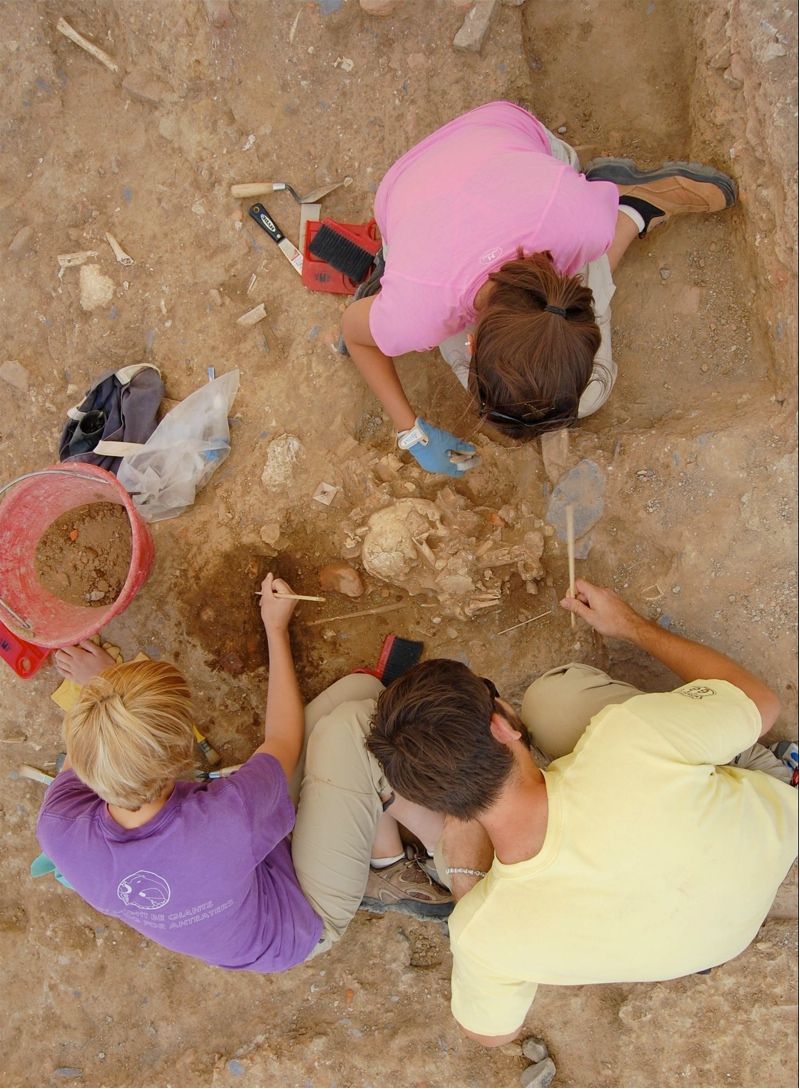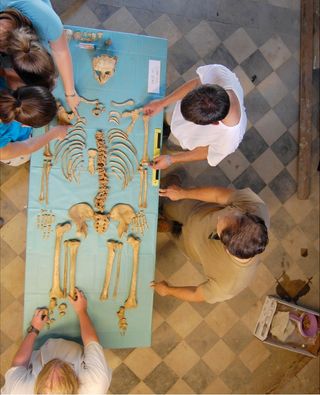Italian Cemetery Could Preserve Cholera DNA

An Italian church graveyard could preserve more than bodies: Researchers are searching the cemetery for the DNA of ancient strains of cholera.
Cholera is a deadly diarrheal disease caused by a bacterium called Vibrio cholerae. In the 1850s, an epidemic swept the world. In 1854, during this epidemic, London doctor John Snow famously traced one outbreak to a contaminated water pump in the Soho district of the city. The case is still cited today as a triumph of epidemiology.
Cholera still kills today. According to the World Health Organization, there were more than 100,000 cases in 2013, and periodic epidemics send that number soaring. In 2011, for example, there were nearly 600,000 cholera cases worldwide, driven largely by an outbreak that occurred after the 2010 earthquake in Haiti. [7 Devastating Infectious Diseases]
Amazing preservation
Many victims of the 1850 outbreak rest in the church cemetery of Badia Pozzeveri, a village in the northern Italian province of Tuscany. In the yard of the San Pietro a Pozzeveri church, villagers hastily buried cholera victims and encased their bodies in lime.

Ohio State University anthropologist Clark Spencer Larsen and his colleagues have been excavating this cholera graveyard for four years. They believe the villagers were trying to prevent the spread of the disease with the lime treatment. Inadvertently, however, they ended up preserving the bones of their loved ones — and potentially the DNA of the bacteria that killed them.
"To our knowledge, these are the best preserved remains of cholera victims of this time period ever found," Larsen said in a statement. "We're very excited about what we may be able to learn."
Sign up for the Live Science daily newsletter now
Get the world’s most fascinating discoveries delivered straight to your inbox.
Searching for cholera
Soil samples around the preserved bones may hold the DNA of V. cholera from the 1850s outbreak, Larsen and his colleagues reported Sunday (Feb. 15) at the annual meeting of the American Association for the Advancement of Science in San Jose, California. So far, none has been found, though human DNA has been preserved, leaving the researchers hopeful.
"If we found the DNA, we could see how cholera has evolved and compare it to what the bacteria is like today," Larsen said. "That's the first step to possibly finding a cure."
Cholera kills by invading the small intestine, causing such severe diarrhea and dehydration that victims can die mere hours after symptoms begin.
The Badia Pozzeveri churchyard may also hold more than secrets to cholera. The site was the home of a monastery between 1056 and 1408. Next, it became a church, which closed only about 50 years ago. Over nearly 1,000 years, the spot served as a graveyard for locals. The dead from the Black Death plague of the 1300s rest there, as do those who died of more mundane causes.
"It is a microcosm of what is happening in Italy and all of Europe during this time frame," Larsen said.
Follow Stephanie Pappas on Twitter and Google+. Follow us @livescience, Facebook & Google+. Original article on Live Science.

Stephanie Pappas is a contributing writer for Live Science, covering topics ranging from geoscience to archaeology to the human brain and behavior. She was previously a senior writer for Live Science but is now a freelancer based in Denver, Colorado, and regularly contributes to Scientific American and The Monitor, the monthly magazine of the American Psychological Association. Stephanie received a bachelor's degree in psychology from the University of South Carolina and a graduate certificate in science communication from the University of California, Santa Cruz.











